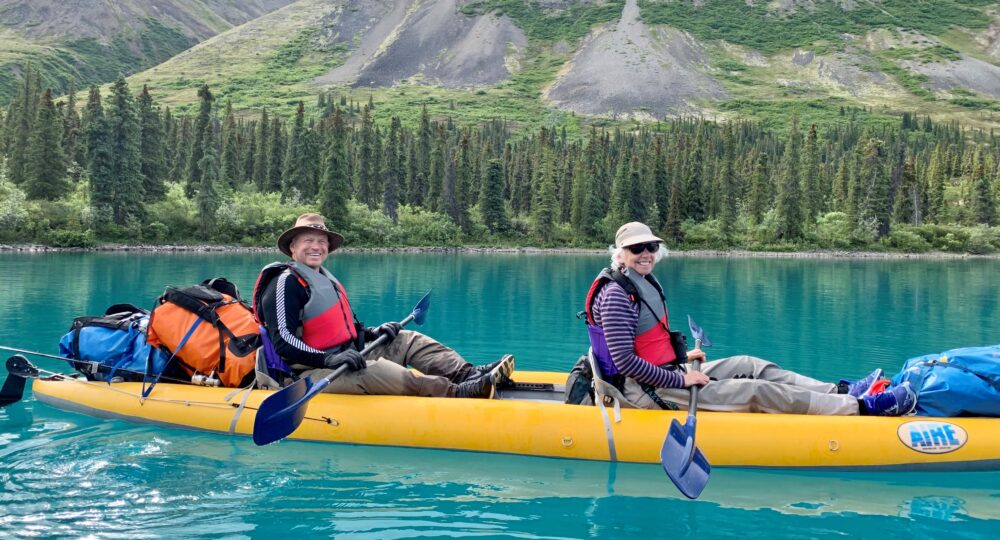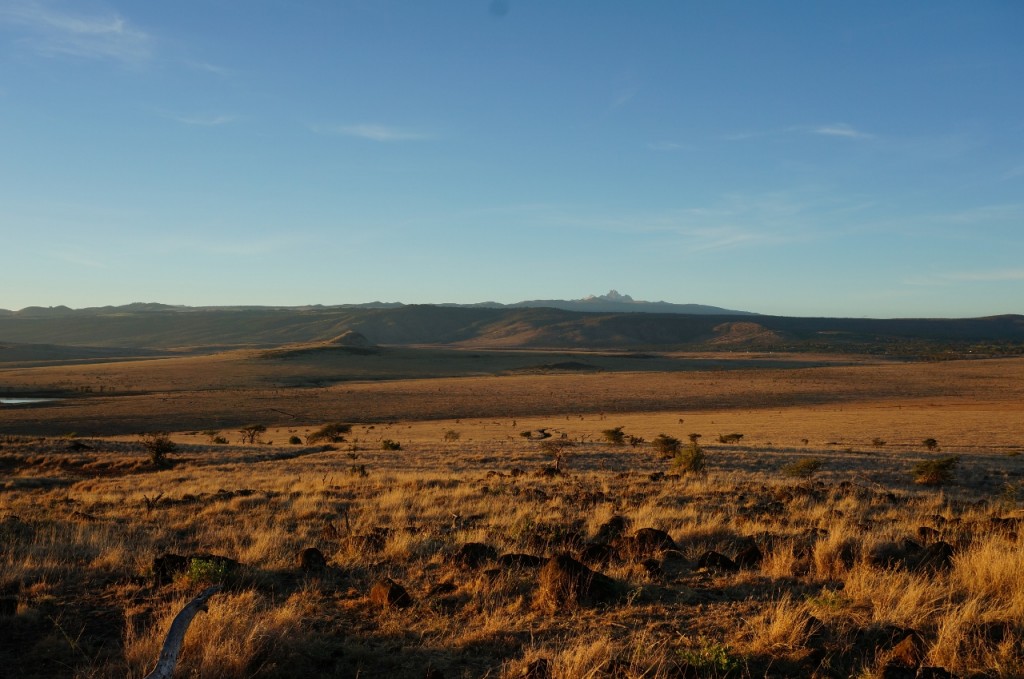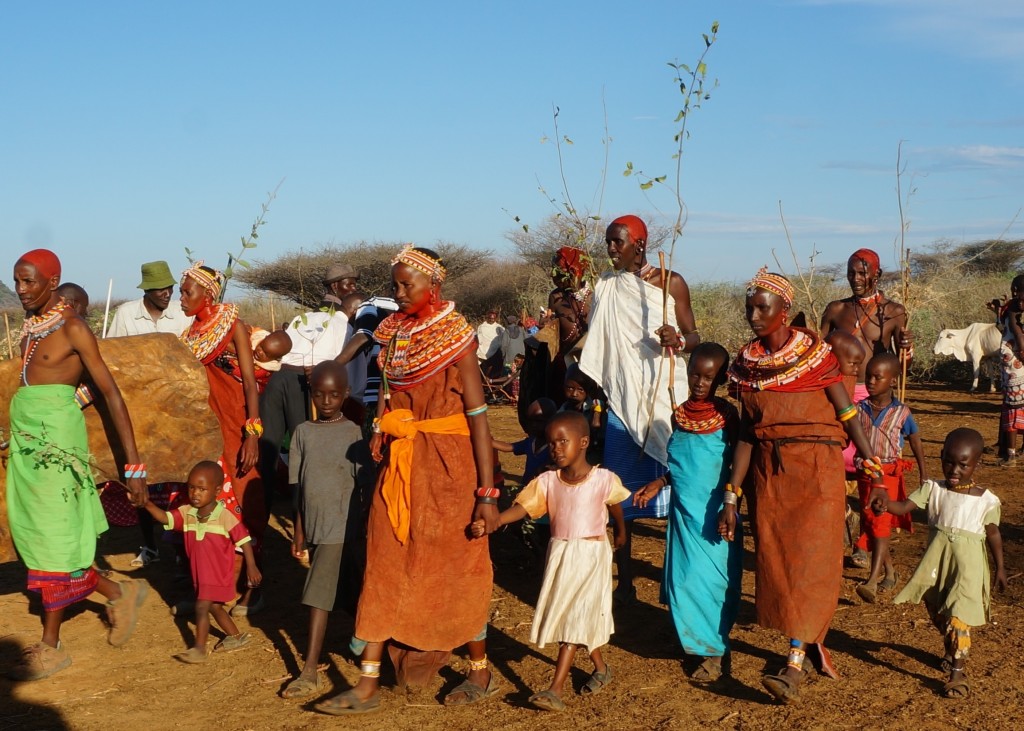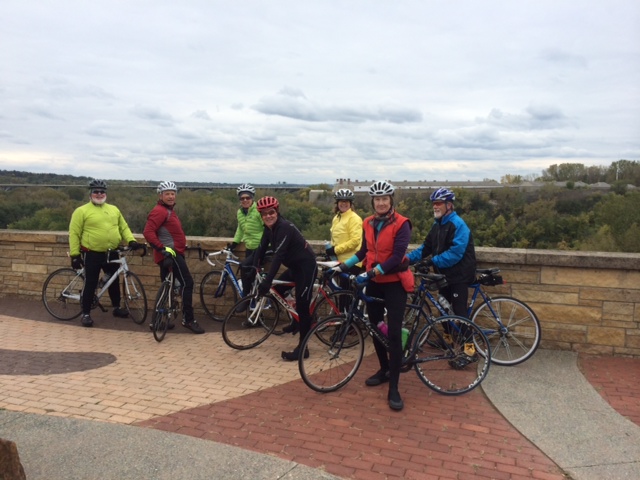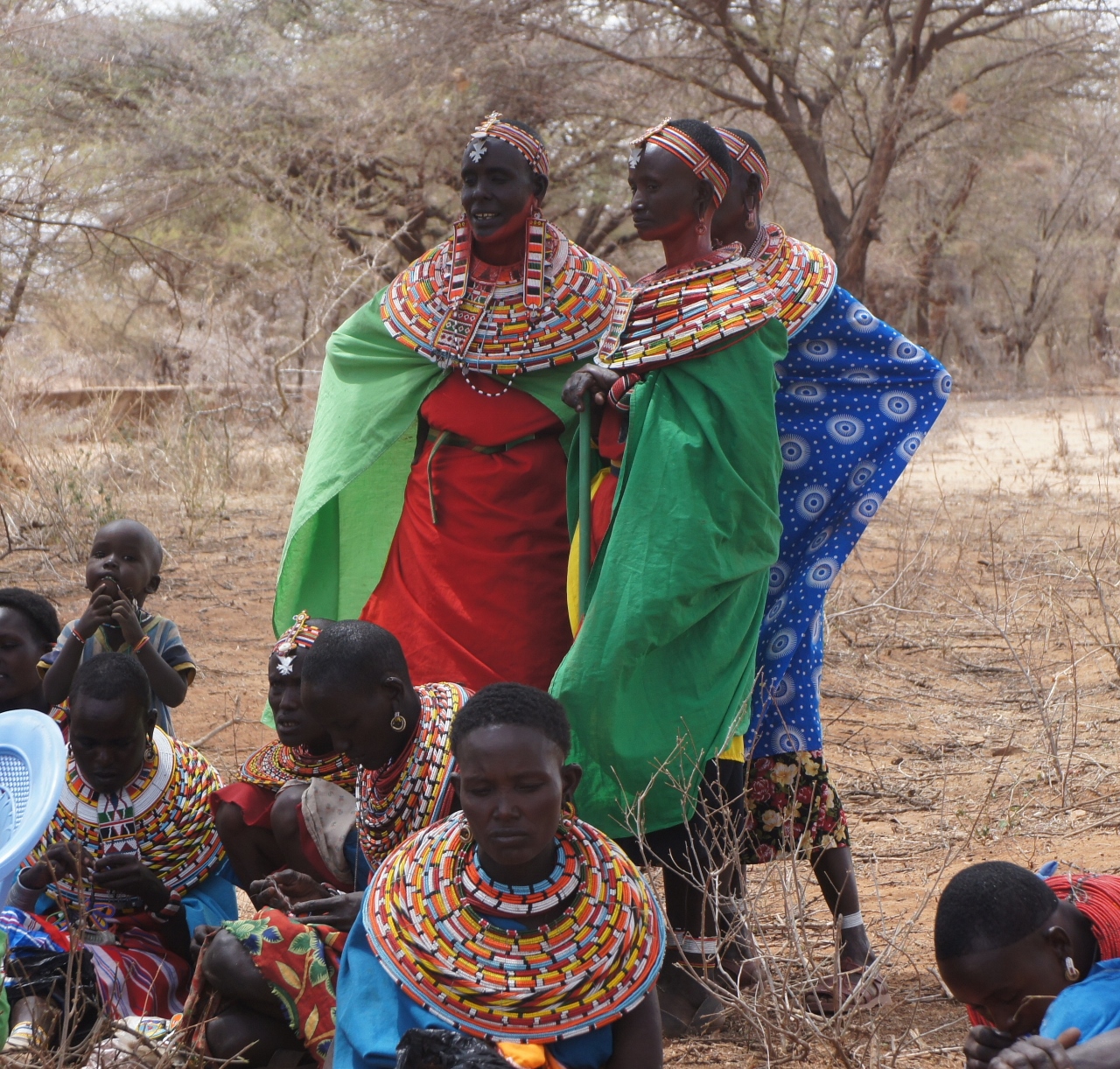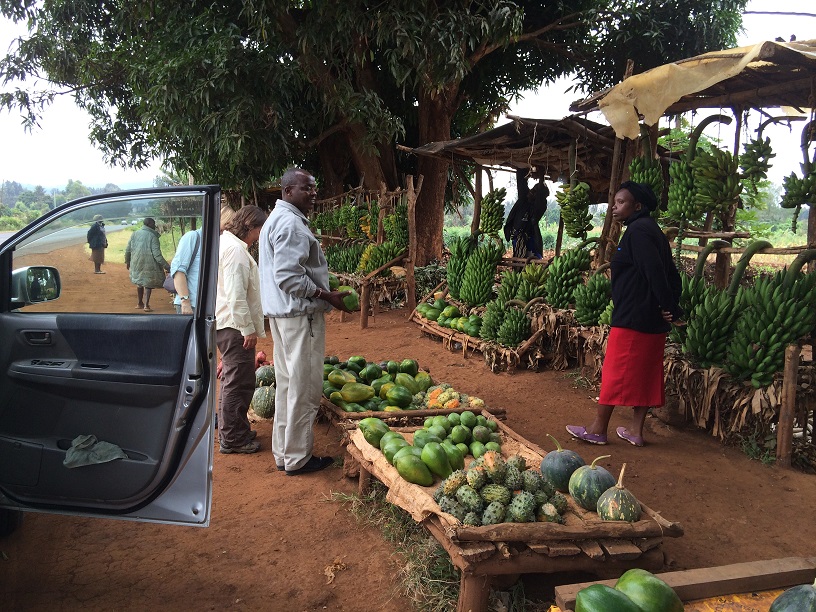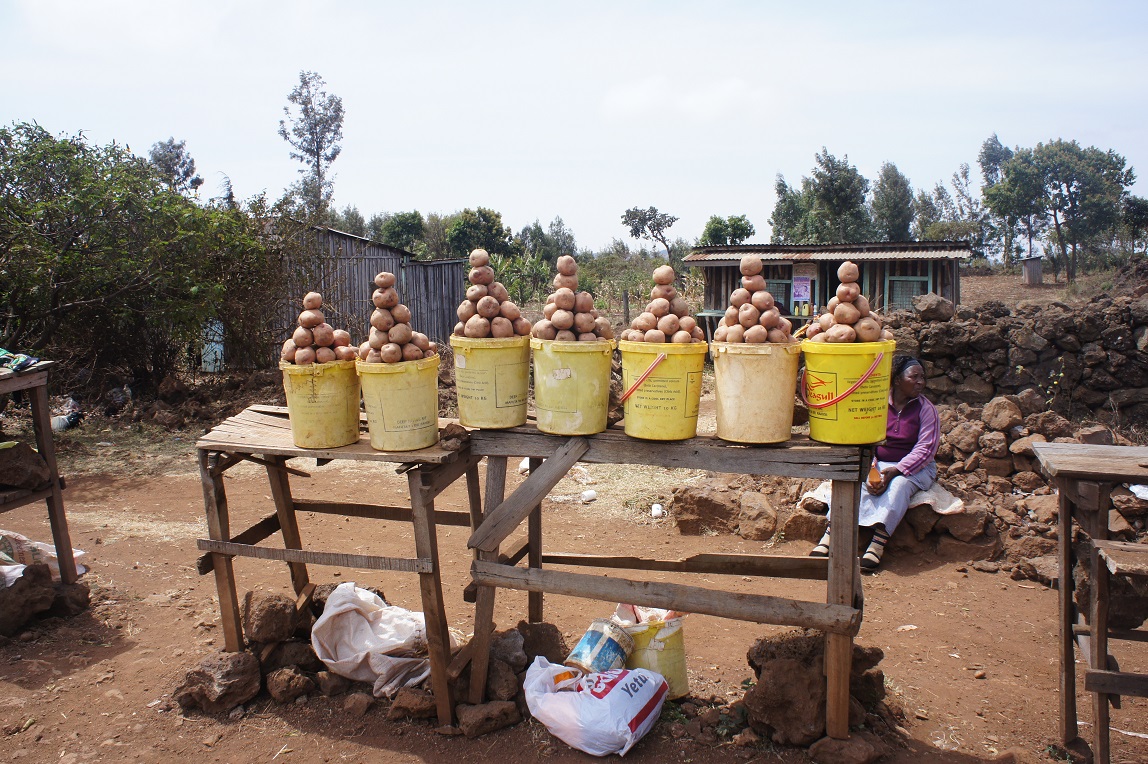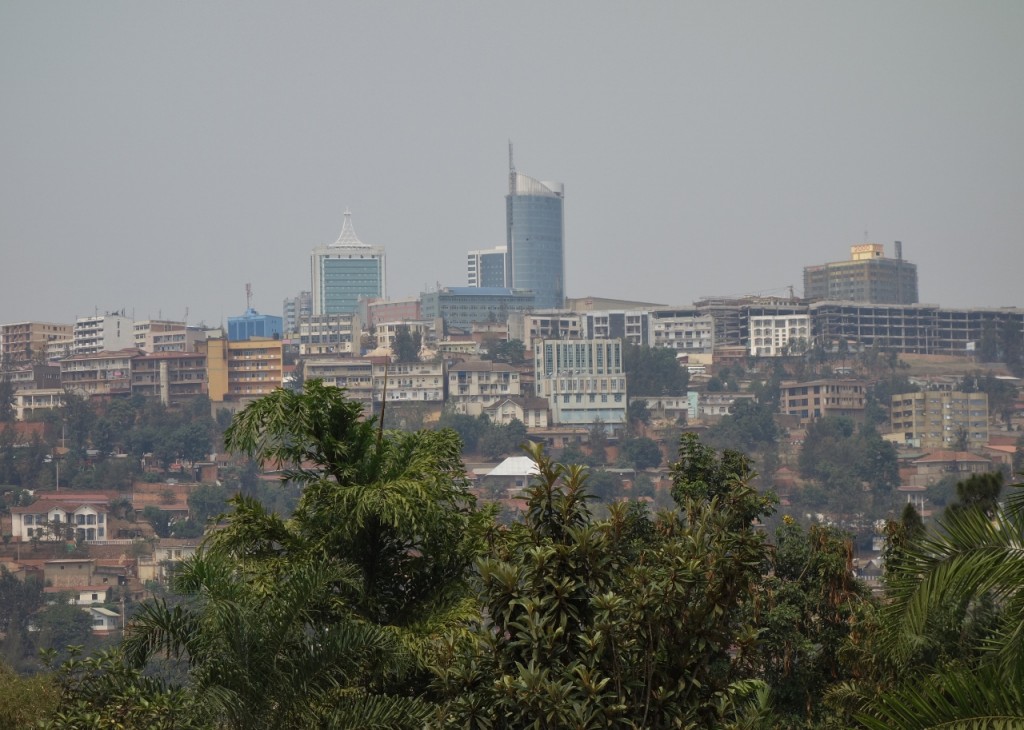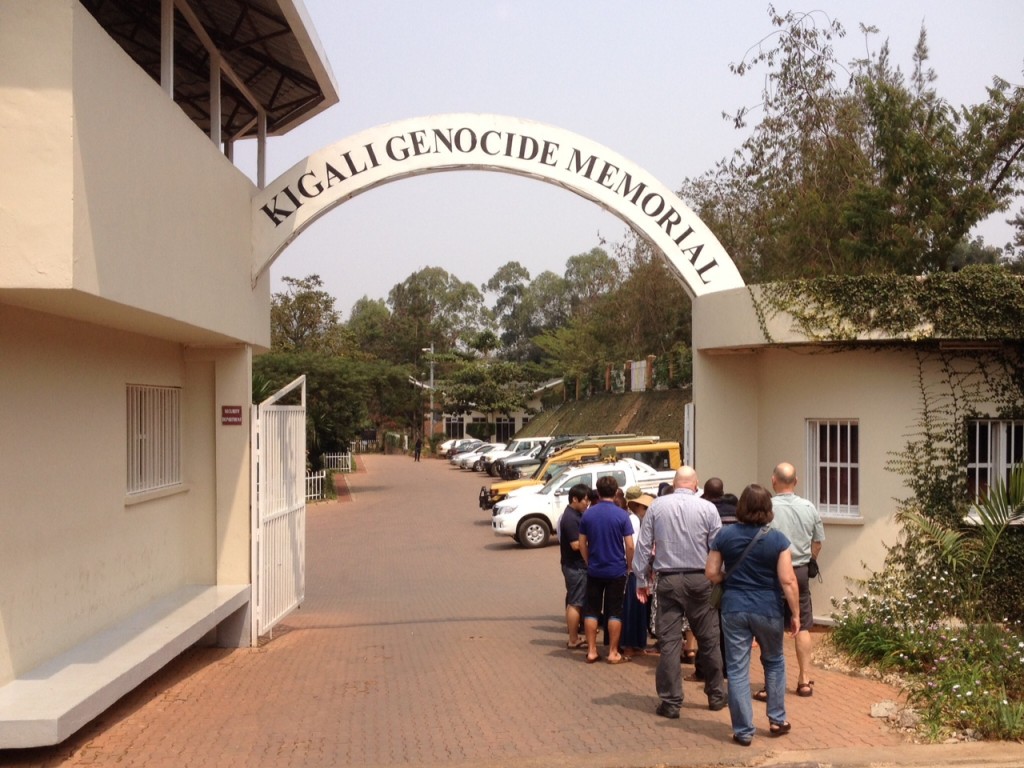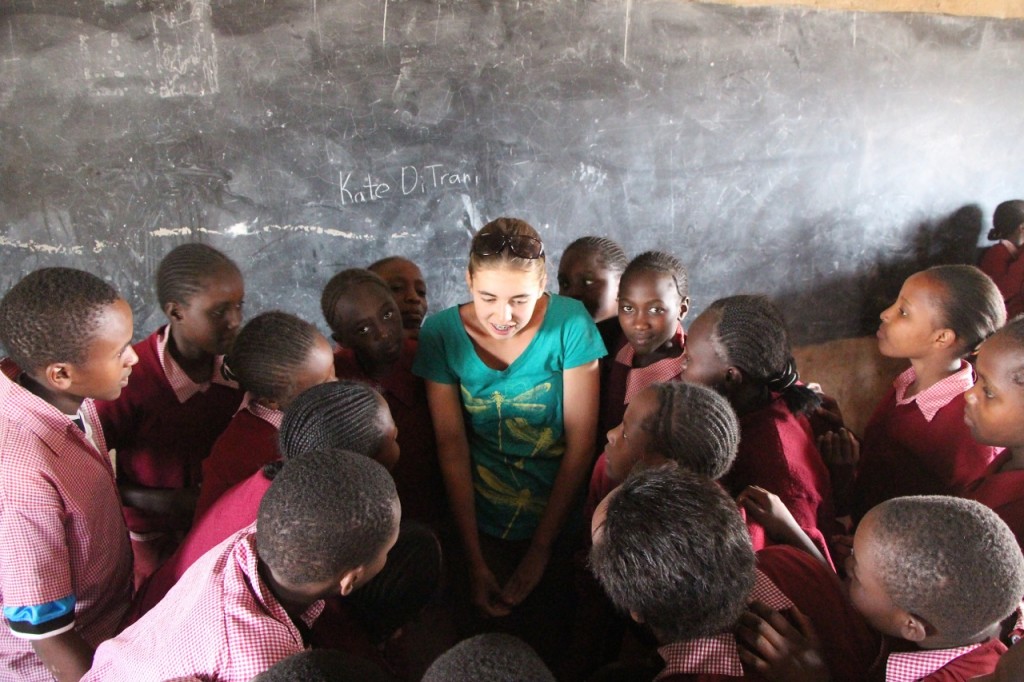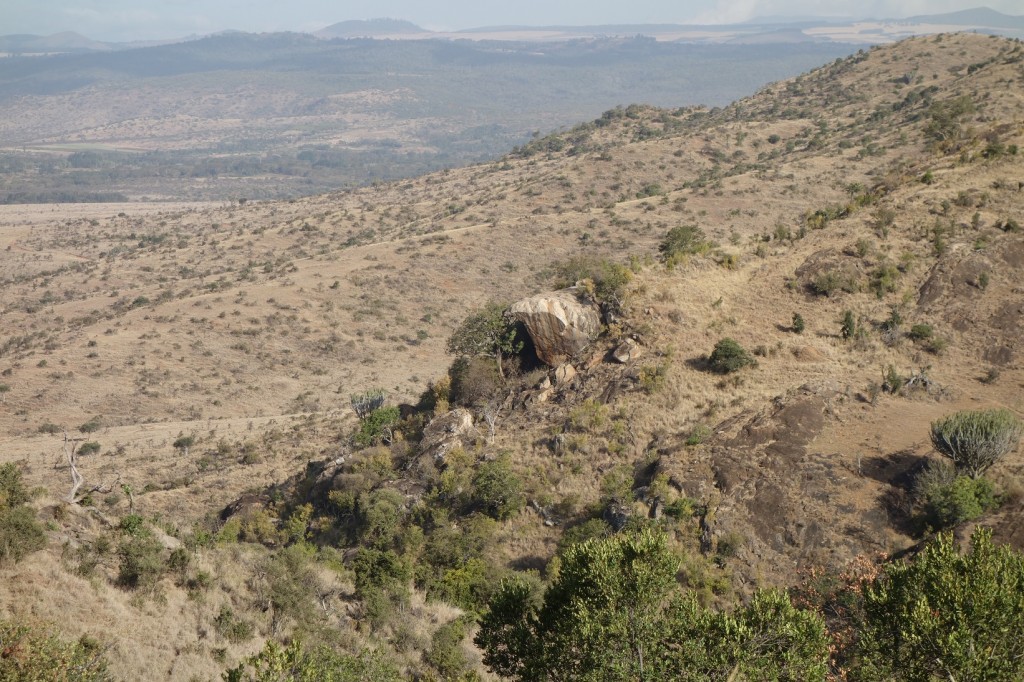Guest post by Doug Matson
Fear is good. Okay, not always – sometimes fear puts blinders on your mind and you can’t see the big picture. But all-in-all, Mother Nature knew what she was doing when she invented fear. Don’t sweat the little stuff when there is something big, bad, and out to get you. Something like Bill.
Bill is a solitary bull African (aka Cape) Buffalo. He’s old, grizzled, smart, and probably in a bad mood most of the time since he once was in charge but now the young males have chased him away from the breeding herd. Honestly, I’d be seriously cranky, too. African Buffalo are known to European visitors, or Mzungu, as “black death” due to their unpredictable nature and sinister coloration. They are included in the famous list of “big-five” most-dangerous animals for a game hunter (or photo tourist) to bag and are purported to trample and kill around 200 people in Africa yearly – making them equally as dangerous as hippos.
In Africa, you aren’t safe on land or in the water. A big male Cape Buffalo can charge at 35 mph, weigh between 1500 – 2000 pounds, have a shoulder height of 5 foot 7, and measure 11 feet long. The coolest feature of a Mbogo (or Nyati) is its horns. A full rack fuses at the center and is impenetrable by rifle fire. It extends from the center of their forehead, curls stylishly down below their eyes and then sweeps regally upward in twin scythes of death above their head. The wingspan for a “big” male is above 42-inches wide (with the record being 64-inches). Bill was big. I’m not going to ask him to let me measure his horn girth but from his photos we can estimate that given his ears are 3-foot wide (a typical proportion) then his horn span could be as much as 63-inches. This, of course, is irrelevant. He’s a VW minibus with attitude.
Bill is actually stunningly gorgeous: raw power incarnate and an embodiment of the majestic pastoral savannah. If that’s what over-the-hill looks like, let me join the club. But look into his eyes and all pretenses of vistas across endless equatorial plains vanish. What shines out is malice tainted with the assurance that all must recognize that HE is legislator, chief jurist, and executioner in this valley. This is Africa; eat or be eaten.

Buffalo Bill surveys his domain.
